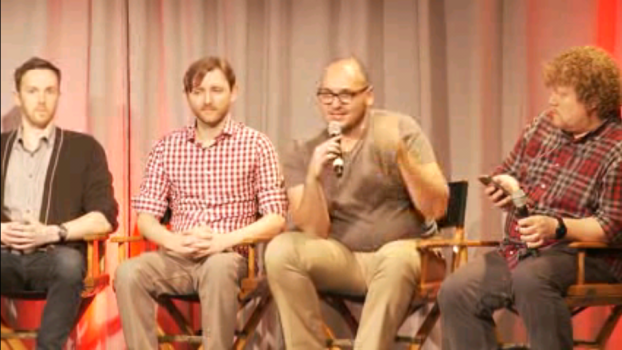Games, immersive videos, and branded marketing experiences will drive adoption in virtual reality next year, according to a panel of experts hosted by We are Wearables last week in Toronto.
Gaming markets will lead other markets in adopting commercial virtual reality, according to Milan Baic, founder of Pinch VR, a smartphone-based virtual reality headset maker.
“I think next year definitely makes a lot of sense for us folks that are hard core into games,” said Baic.

Meanwhile, directors are still struggling with how to direct audience attention when filming for virtual reality, said Elli Rayna, a film-maker from Cinehackers. That film production firm renowned for the “I Am You” experience specifically developed for Oculus Rift.
Cinehackers has opted for 180 degree virtual reality films as an alternative to the standard 360 degrees.
“There needs to be a way to tell the story in front of viewer in order for the viewer to get that story and that is the approach we took,” he said.

Marketing, advertising and other forms of branded content is also going to help popularize virtual reality, said Lee Williams, co-founder of Occupied VR, a Toronto-based virtual reality studio.
Plus, companies in this space have money to spend to create content, he said.

But these efforts will be inadequate until the Oculus Rift and Samsung Gear VR consumer versions hit the market, said Ben Unsworth, co-founder and president, of Toronto-based Globacore, which creates VR content for brands.
“Right now you can actually buy every single app on the Samsung store, you know like 30 downloads or something like that,” said Unsworth. “It kind of feels like, it felt like not that much is being done.”
Watch the full discussion in the video below.
- OpenSim active users hit all-time-high for the holidays - December 15, 2023
- OpenSim user activity ramping up for the holidays - November 15, 2023
- OpenSim land area at a new high as grids prep for holidays - October 15, 2023
